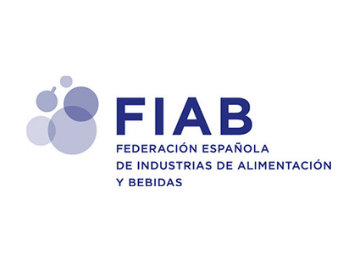Reformulation itself can be defined as the process of modifying a product’s (food or drink) recipe or composition to optimise its nutrient profile.
It can take many different forms, and it can also involve different types of strategies, from achieving a decrease in some nutrients to attaining an upgrade of the nutrient density of the products by rising their content of fibre/whole grains, fruits and vegetables, or specific fats such as omega-3 fatty acids. Nevertheless, it can also go further and imply the reduction of portion sizes, or even the increase of consumer options by diversifying the companies’ portfolios (e.g., “low in”, “reduced in”, “no added”).
From a public health point of view, food reformulation typically involves the policies or initiatives that lead manufacturers to improving the nutritional properties of food products based on a set of targets for one specific nutrient or food category.
In that sense, the case of the Spanish Reformulation Plan is different.
The collaboration Plan for the improvement of the nutritional composition of food and drinks 2020 (hereafter, “the Plan”) was a public-private initiative which ran from 2017 to 2020 and aimed to -as its name reveals- improve the nutritional profile of several food and drink groups. This was in line with new consumer requirements and the trends in the European Union, and thus, to make the healthier choice, the easier one.
The Plan – in an ambitious approach and an unusual way of setting targets – included the reformulation commitments not only from the manufacturing industry but also the retailers. Both sectors engaged in reformulating several product categories which are part of the everyday Spanish families’ shopping basket and, more concretely, the ones which are regularly consumed by children and young people.
Additionally, The Plan not only targeted one nutrient; instead, it comprised the reduction of the three most common ones (added sugars, salt and saturated fats) without increasing calories; and a large number of what were called “qualitative measures”, that went from the reduction of portion sizes to the improvement of the lipid profile (making a shift from saturated fats to unsaturated ones), or the increase in the use of whole grains, among others.
With this setting of objectives, the Plan was expected to have a significant impact on the Spanish market, something that was finally confirmed in the last monitoring report of the Spanish Nutrition and Food Safety Agency (AESAN).
After four years of implementation and effort, 99% of commitments have been met, a figure that reflects the high level of compromise that the food industry has with consumers health.
Moreover, in some cases, and for some food subcategories, improvements on nutritional composition went beyond the established goals, reaching reductions as of 30% in sugar content in bakery/pastries, 23% for salt content in chips, or 70% in saturated fats in cookies, among others.
With more than 3500 products now reformulated, the usual Spanish shopping basket will experience a significant improvement in its nutritional profile.
With the obtained results, the Plan represents how public-private partnerships can be an effective tool for achieving greater public health targets.
Nowadays, we can only be proud and satisfied with the efforts made, as well as for being an example of a public-private partnership that can serve as a driving force for similar initiatives in other countries.
In a context where reformulation and R&D are going to be key players (EU Farm to Fork Strategy and World Health Organization trends) we hope that the experience acquired, and the path opened with The Plan, will help private and public stakeholders to face future challenges.




